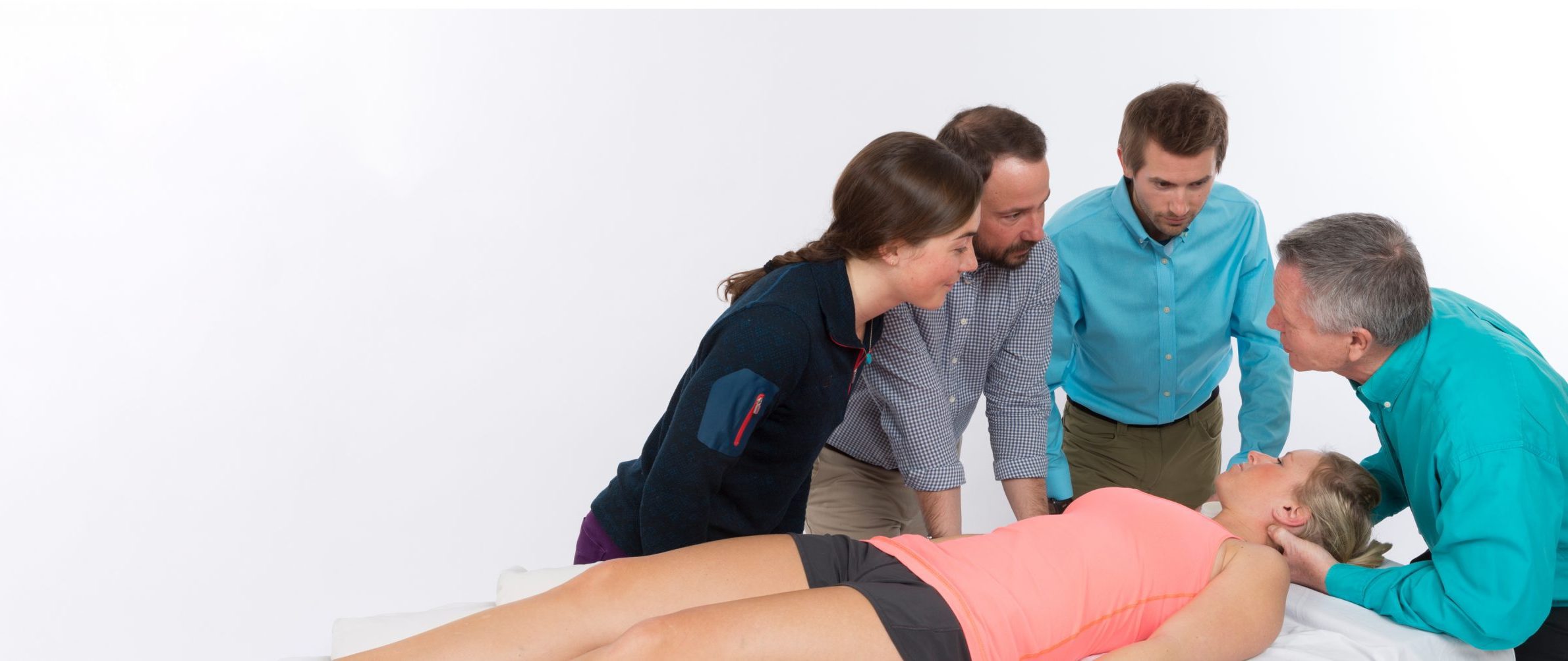Mastery Through Mentorship
The IPA Model for Residency & Fellowship
Directly mimics the standards set by the medical profession. Evidence supports the premise that direct, in-person mentorship is the best way to create highly-skilled and well-rounded clinicians.
The Founding Directors of IPA, since the early 1980s, determined to set a very high bar for the professional standard for mentorship. From the beginning, Gregory S. Johnson and Vicky Saliba Johnson provided training for PTs through a fully immersive mentorship experience, inclusive of in-services, one-on-one mentorship, co-treatments and observational hours.

In-Person Learning
Distance and online learning do not replicate the medical model and are less effective than in-person, supervised learning.
Full Spectrum Mentorship
Daily interaction with an on-site mentor(s) allows for improving all aspects of being a PT and patient care, including practice components impossible to mentor through distance learning.
Your Patients Your Learning
Mentorship directed at the individual needs of your patients far surpasses other learning opportunities.
Comprehensive Patient Management
Uncover hidden gaps in your patient care and management only obvious to a mentor that is working with you and your patients on a daily basis. This guarantees that you will be a more well-rounded, confident and competent clinician upon graduation
IPA Residency
IPA Manual Therapy Residency
Full time, mentorship-intensive residency with an emphasis on interregional dependency, clinical reasoning, and manual skills enhancement.
Broad, not limited exposure.
As in medicine, a new PT should be exposed to and mentored in a variety of patient care opportunities. This broad foundation of learning enhances the PT’s understanding of the interdependency of the human body’s systems and promotes an holistic approach to any dysfunction in ANY CLINICAL SETTING.
- Emphasis is on the development of manual and observational skills essential to treat any patient population
- The focus is on restoring “functional efficiency” for all patients, not normative values
- Diverse patient population exposure promotes greater learning in both reasoning and manual skills
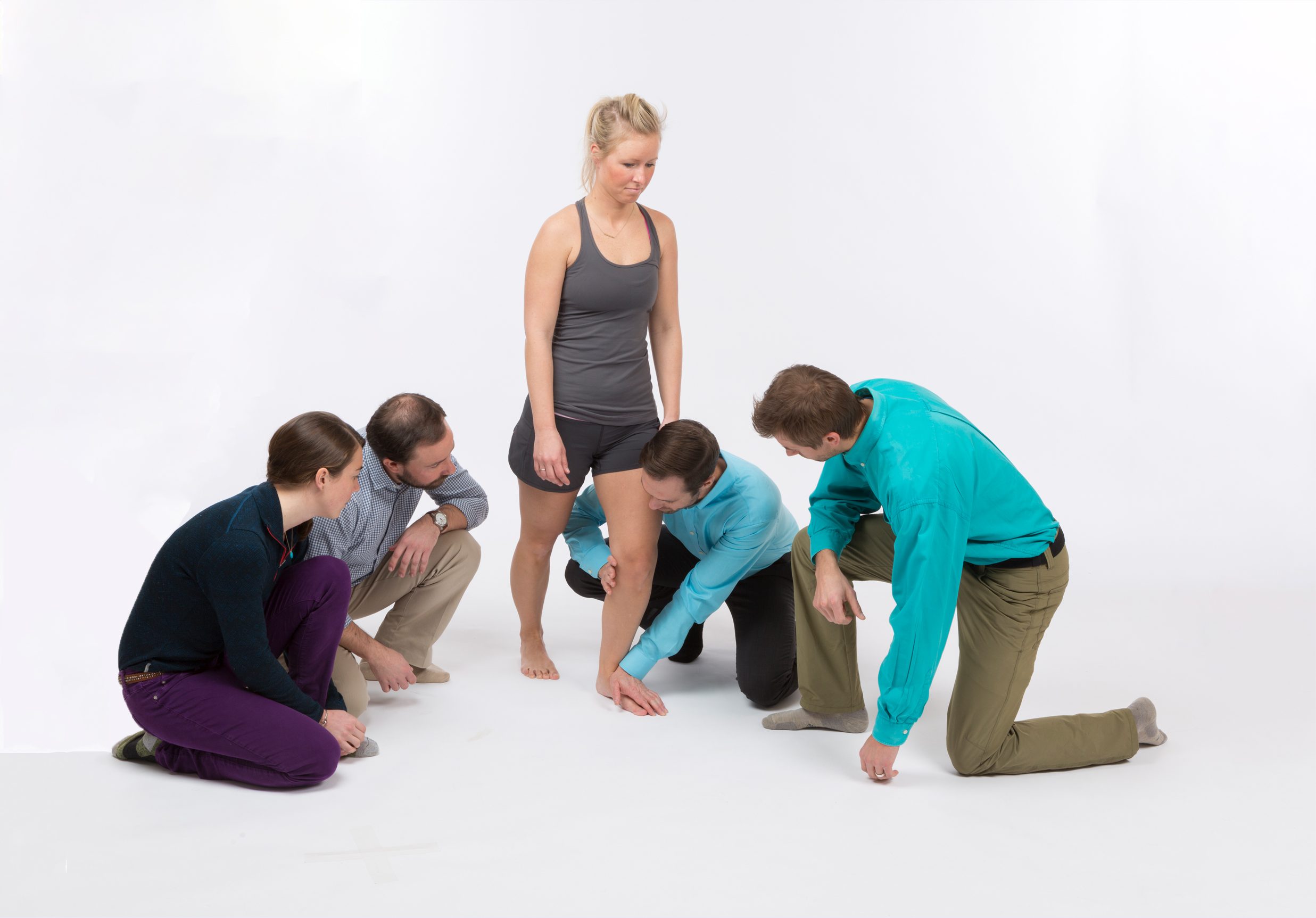
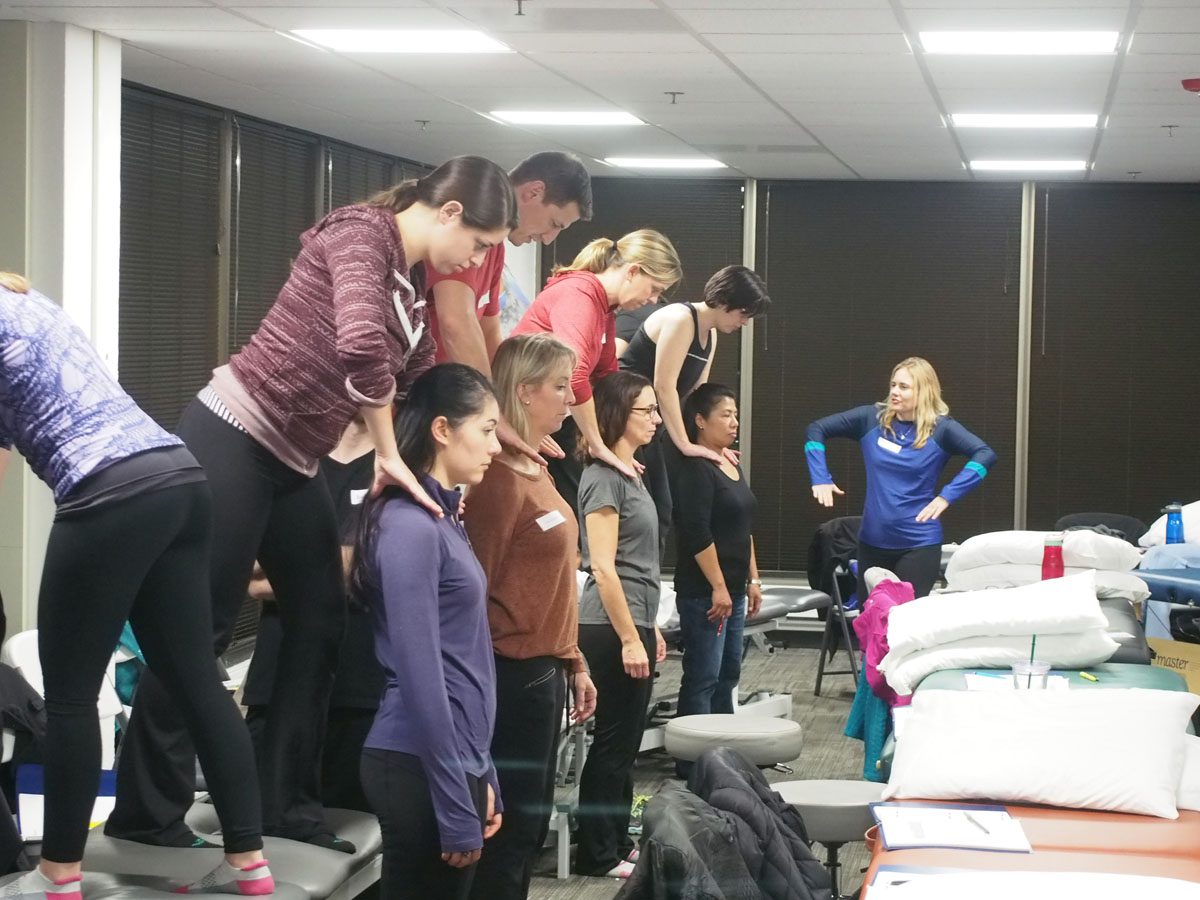
Based on the Functional Manual Therapy® system of patient care
In school, PTs learn a little information about a lot of different approaches, yet nothing really ties it all together. Don’t get more of the same by getting into a residency that teaches a random assortment of techniques, instead learn an approach which “ties it all together” and “just makes sense.
-
- Learning a system is always better than learning a random collection of techniques. Promotes better pattern recognition
- The FMT™ system is inclusive of skills to assess and treat mechanical capacity, neuromuscular function, and motor control. Don’t limit yourself to one set of skills
- Focus of training is results driven to optimize patient’s potential
- Experience the excitement of being pushed to achieve the remarkable each day of practice
One to three years, full time residency programs are located throughout the US! Jump start your career today and train with a master clinician certified in Functional Manual Therapy®.
For more information on the Functional Manual Therapy® Foundation Skill Enhancing Clinical Residency email: [email protected].
Learning the FMT paradigm, strategies, evaluation, and treatment techniques was hands down the most influential and vital part of my physical therapy education. I began taking IPA course work and seeking mentorship early in my career and cannot recommend this enough. No other continuing education program that I have encountered even comes close.

Charlie King
PT, DPT, OCS, CFMT, FFMT, FAAOMPT
I am confident. I am competent. After almost 44 years as a PT, I still enjoy each and every day treating my patients. And, I owe it to the knowledge, skills, and community that comes with being part of the IPA.

Cheryl F. Wardlaw
PT, MMSc, CFMT
What makes the FMT approach so incredibly unique is how it provides a comprehensive framework that allows the manual therapist to make sense of any complex case, but still allows any other methodology or skillset to be used in a complimentary way. IPA courses are like drinking from a firehose, where each hour contains a dozen actionable concepts and tools to use immediately with your patients.
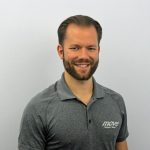
Justin Sullivan
DPT, OCS, CFMT, CSCS
Taking CBI changed my life in so many ways. I now see PT through the lens of focusing on the potential of what we can do! Also, after having the soft tissues of my diaphragm and rib cage treated while performing the FMPs (Functional Movement Patterns), my chronic morning cough has disappeared and I am no longer struggling to breathe while running!

Sandy McKenzie
PT, DPT
So many people talk about treating the whole body, but CBI really delivered. Using FMPs (Functional Movement Patterns) to identify the impact of mechanical restrictions in one part of the body on the whole system was amazing. There were several participants in my class that had received a lot of treatment for specific issues, but it was only after challenging the integration of that body part with FMPs that the true source of the dysfunction was identified.

Greg Laney
PT, DPT
FMLE was fantastic! It was so great to see the impact of fibular treatment on both knee and ankle mechanics and function. My squat is so much better and I no longer am feeling my knee pain during work.

Anne Lapis
PT, DPT
WOW! The ability to now look at a person’s foot and understand the difference between a pronated and compensated supinated foot type is mind-blowing! And, understanding the significance of midfoot mechanics to normalize foot function was insightful and practice-changing. FMLE was amazing! Thank you so much!

Dan Simmons
PT, DPT
The impact tests taught in FMUE created an entirely new paradigm for assessment and treatment of cervicogenic upper extremity pain and weakness. I can’t believe I was missing this link.

Bob Allen
PT, DPT
So many of my unresolved elbow patients (after dry needling, ultrasound and basic mobilization) are now reporting much less pain and more function as I have used the specific FM techniques I learned in FMUE to restore mechanical capacity to the radial head and olecranon process.

S Neils
PT, DPT
Amazing improvement in my chronic right shoulder pain after taking FMUE a few weeks ago. I never realized how important resisted axial elongation with capital flexion could be when coupled with the scapular stability exercises.

R Henry
PT, DPT
After taking FMLT, the numbness/tingling I have had for over a year is 90 percent reduced, and my right shear has been much better. I also notice that I’m not waking up as much in the middle of the night to turn over.

A Manint
PT, DPT
After taking FMLT, I assessed and treated the coccyx and neural tension in a BPPV patient using lower extremity neural tensioning and upper cervical flexion/extension. The patient’s vertigo symptoms were completely resolved! Zero symptoms two weeks and counting!

Chris Degrandis
DPT, CFMT
15 years of chronic anterior hip pain led to me giving up running and competitive biking. Nothing had helped and no one, including me, could identify the source. During the hip section of FMLT, the assessment system revealed the source of my dysfunction in 2 seconds. The instructor was immediately able to direct my partner to the exact tissues which needed treatment and facilitate immediate changes using FM techniques. That night I had no pain walking and woke for the first time in years without pain.

Kim Davis
PT, DPT
FMLE provided me the tangible and pertinent evaluation and treatment techniques that all orthopedic PTs can and should be using for the knee, foot and ankle. The syllabus was clear, but the hands-on practice was the best. There was so much lab and plenty of time to practice techniques.

J Lenin
PT, DPT
Integrating the FMUT larynx treatment into my clinical practice, I notice amazing improvements in neuromuscular recruitment throughout the entire body. Mind-blowing! Glottal function is now an aspect of my evaluation for all patients.

Kate McKechnie
PT, DPT, CFMT
My young female patient with neck pain and a history of multiple concussions had only experienced moderate gains after 2-3 visits of direct cervical treatment. After FMUT, I treated the sphenoid intraorally and she immediately noticed significant changes!

Michael George
DPT, CSCS, OCS, CFMT
After having my vagus nerve and heart treated in FMUT, my morning blood pressure dropped from 140/90 to 118/74, the lowest in years!! And it has stayed that low!

Justin Lin
PT, DPT, CFMT
Utilizing the Functional Mobilization techniques taught in FMUT, I treated a tinnitus patient, considered one of the worst cases ever seen by her physicians in Chicago. During our first visit, as I mobilized the soft tissues and cranium, she suddenly grabbed my arm and began to cry and was screaming, “something happened!!” There was suddenly less noise in her ear and by the end of treatment, she claimed an 80% reduction in the intensity of tinnitus. To be able to help someone who had been told there was no hope for over 8 years was a blessing!

Julie Amundson
MPT, DPT, CFMT
This past week I have been able to use the postural training from CFS in a very diverse patient population, hypothesizing first, then confirming with my hands, and then teaching exercises with confidence. My youngest patient was 6 months old, and my oldest was 86!

March Dolphin
PT, DPT
CFS is probably the best thing that could have happened to me pre-pregnancy. Prior to CFS, I had chronic back pain and now, two weeks away from my due date, I have had zero back pain and can still work with a gigantic baby boy sticking straight out in front of me on this 5-foot frame. I couldn’t be more grateful for living the CFS principles on a day to day basis!

Sarah B.
PT, DPT, CFMT
Thank you so much for the CFS course last weekend! All my patients are getting CFS today so far, and I’ve had 3 “ah-ha” moments in the 3-hours I’ve been at work today so far. I also shaved a minute and a half off my 3-mile run last night just thinking about proper alignment!

Rachel L.
PT, DPT
A dancer was diagnosed with left talar dome contusions. I used the PNF lower trunk series: A/E for Core Initiation, A/D for ROM, and then P/D coupled with hip Ext/Abd/IR! He was so excited when he stood up, saying he felt like his legs had been sucked in under his pelvis and had become one unit with his trunk. He’s now cleared to return to dance. Thank you for making PNF so functional for such elite athletes!!

Sheyi Ojofeitimi
PT, DPT, OCS, CFMT
I am amazed at the results I see when incorporating PNF into my treatments; improved ROM, strength, patient’s motor control, and overall patients just feel better! I understand why you couldn’t stop smiling when you were teaching us!

Ashley Saltzman
DPT, New Professional
I really love this class! Hands-on approach, systematic approach, soft tissue techniques, the repetition of this approach, the energetic lead instructor and lab assistants. [FMI] had the perfect balance between lecture and lab work. Ample time to perform hands-on labs without feeling like it was dragging on.

T McKenzie
PT, DPT
I have taken so many classes and this has been the closest I have felt to being Harry Potter because I felt like a wizard!! This IPA stuff really works! The best part is I do not need to work as hard as I usually do and I got better results with my patients! Thanks again!

Kimmi (Cindy) Dao
PT, DPT
The FMT approach embodies a passion for healing, beyond the natural borders of healthcare. Taking IPA courses and going through the IPA Residency as a young clinician empowered me to make immediate changes in general patients, and have the confidence to take on challenging patients.

Allison Legakis Massopust
DPT, CFMT, CPNFT, OCS
Thought CFMT would be the end goal…. But instead continues to be the solid foundation that is allowing me to keep reaching for the summit.
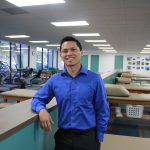
Angelo S. Urquico
PT, DPT, OCS, CFMT, CAFS, CSCS
Going through the process of becoming a CFMT has given me the ability to treat patients with a wider scope of what impairments need to be addressed within a much faster time frame.

Kaysi Gray
PT, DPT, CFMT, FFMT, FAAOMPT
Being a CFMT has allowed me to challenge my previous references of “normal” values in looking at movement and function in the human body. IPA has inspired me to continually hunger for a whole new level of information that defines and pursues “optimal function” as a goal.

Josephine Ymana
PT, CBIS, C/NDT, CFMT
FMT has revolutionized my practice. It has not only provided me with the skills and knowledge to attract patients that seek not only correction of their dysfunctions, but also the knowledge of how to prevent these dysfunctions from reoccurring. What I love about being a CFMT is that not only do I promote healing, but that I can also provide my patients hope for a future without pain and dysfunction. What a joy!

Mary Shahid
PT, DPT, CFMT
Frequently Asked Questions
-
Why does IPA offer a manual therapy versus a specialty residency?
The IPA’s philosophy is that if a therapist is exposed to many different types of patients and presenting dysfunctions, the therapist develops more well rounded clinical reasoning, observation skills, and overall manual skills of palpation and facilitation. Many Physical Therapy Residencies are streamlined based on a particular type of practice, such as Orthopedics, Women’s Health, Sports, etc, and attract mostly young professionals wishing to work toward passing a practice specialty exam. This streamlined and focused educational program does not always expose the Resident to the variety of patients and pathologies necessary to challenge each individual’s learning. A Residency that is very structured frequently cannot provide for the individual weaknesses and strengths of a Resident. The IPA program is specifically designed to allow a therapist to study and learn in an environment that will challenge each Resident on every level of weakness.
-
Is the IPA Residency accredited by the APTA?
No. The IPA began offering full immersion Residency training to young professionals in the 1980’s prior to the establishment of the APTA programs. Then, the IPA applied for and received the designation of an APTA Accredited Orthopedic Residency program in 2009. During the following six years, the IPA faculty worked hard to implement the overarching policies set forth by the APTA and the specific requirements of the Orthopedic Section, with the number of sites expanding to over 20 throughout the US. The demand was greater than we could find sites for applicants.
But something happened throughout this process. The faculty realized that the limited scope of practice required by the APTA/Orthopedic program did not foster the manual skill and clinical reasoning growth expected of an IPA Resident. The IPA goals, simply stated, are different that the goals of an APTA Residency.
The IPA Residency Mission Statement is that all Physical Therapists, regardless of interest in specialization, should develop well rounded manual skills for treating the mechanical, neuromuscular and motor control systems and clinical reasoning that is enhanced from exposure to multiple patient diagnosis and pathologies. It is the premise of all IPA Residency faculty that a young professional develops more efficient clinical reasoning and pattern recognition when seeing a variety of patients and that the motor learning of manual skills takes place more effectively when done with repetition of skills in various settings or with a variety of patients.
-
Can I start taking the required courses prior to being accepted?
Yes!! The sooner you start taking the required Residency curriculum courses, the better your chances for being accepted into an approved program. In addition, your primary mentor will cater the residency mentorship to your level of knowledge, ensuring that the more courses you have taken, the more advanced mentorship you will receive. Many IPA Residency graduates began taking courses while they were still in school, allowing them to enter the residency immediately after graduation and receive an advanced level of mentorship. Choose your first course and call IPA now to receive your 20% Student and New Professional Discount (970-870-9521)
FMT Fellowship
ACOMPTE Accredited AAOMPT Functional Manual Therapy™ Fellowship
Become a Fellow of the American Academy of Manual Physical Therapists (FAAOMPT).
AAOMPT/ACOMPTE is the only United States subsidiary of the International Federation of Manual Therapists (IFOMPT).
An AAOMPT/ACOMPTE accredited fellowship program is the only path to become a Fellow of AAOMPT
FMT FELLOWSHIP
The FMT Fellowship provides a one to five-year on-site, immersive fellowship training in comprehensive and holistic patient care.
Entrance Requirements for the FMT Fellowship Program:
- Must be Certified in Functional Manual Therapy® (CFMT) to demonstrate that the PT has achieved demonstrable clinical skills within a particular specialty area.
- Must be a licensed physical therapist in the state that they plan to complete their FMT Fellowship
- All applicants must undergo an intensive interview process

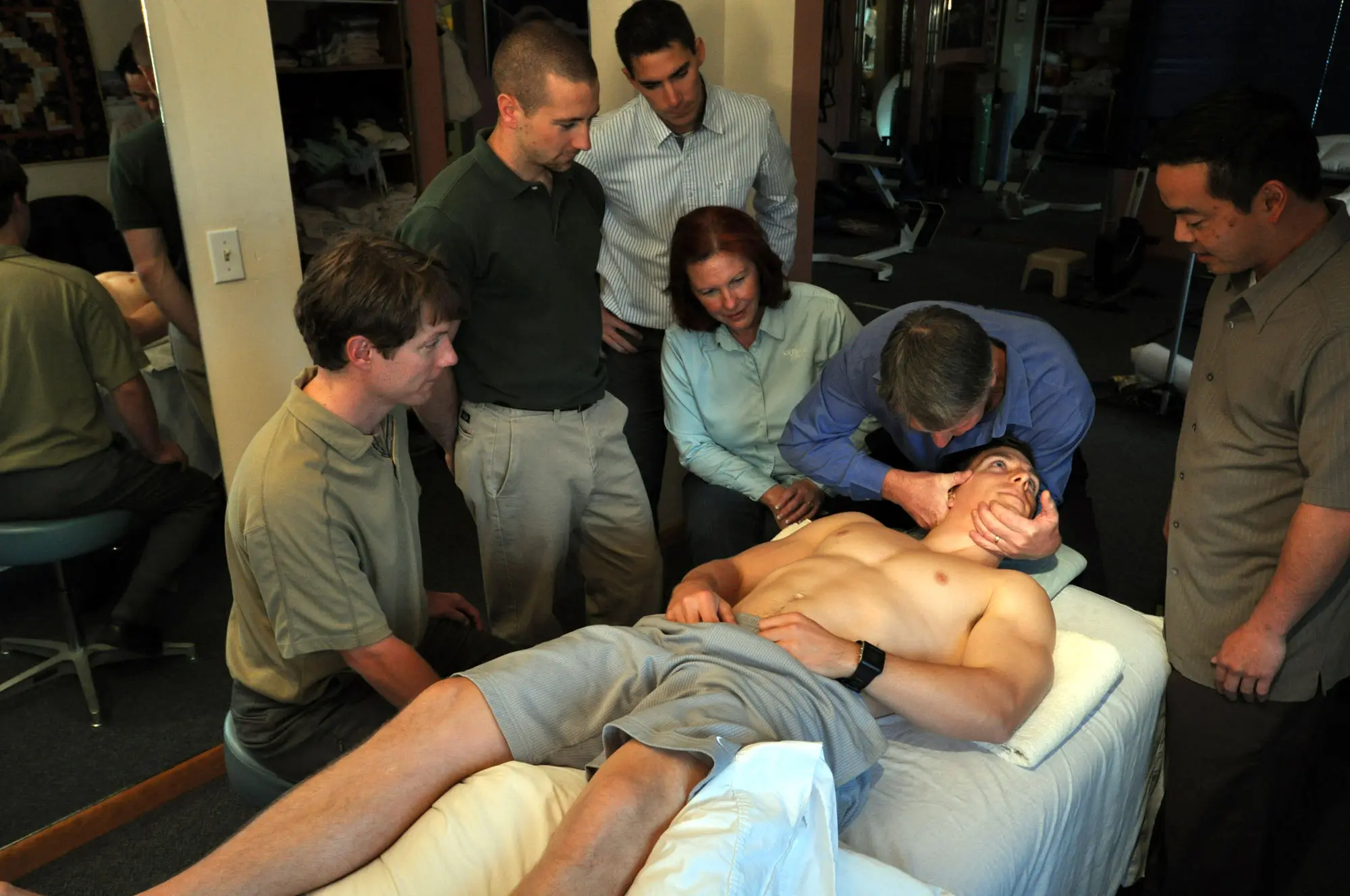
FMT FELLOWSHIP HISTORY AND LOCATIONS
The FMT Fellowship program was initiated in 1998 at Johnson & Johnson Physical Therapy (JJPT) in Steamboat Springs, CO. In May 2007 the program received APTA/AAOMPT Accreditation. In 2020, the FMT Fellowship transferred its accreditation to ACOMPTE (AAOMPT) to meet IFOMPT standards so that all graduates of the FMT Fellowship program will continue to be recognized as Fellows of AAOMPT (FAAOMPT).
The FMT Fellowship program is under the direction of the non-profit Functional Manual Therapy Foundation, which is a 501(c)(3) organization, and is currently offered in the following locations.
-
- IPA Physio Steamboat (JJPT)
- IPA Physio Orange County
- IPA Physio Portland
THE FMT FELLOWSHIP OFFERS
- Advanced training in Functional Manual Therapy® and evidence-supported clinical reasoning
- Diverse patient populations to enhance learning
- Weekly mentorship during patient care time
- Weekly in-services for training and complex patient management training
- Training in Resistance Enhanced Manipulation (REM) for all body regions
- Requirement to prepare and present six PowerPoint presentations on relevant subjects
- Extensive studying to ensure an evidence-enhanced practice.
- 10 practical tests to ensure mastery of manual therapy Regular testing to ensure mastery
- Training and opportunities to open a cash-based IPA Physio clinic
- 97% of FMT graduate Fellows work in successful private practices 70% of which are cash-based.


ADMISSION POLICIES
We welcome applicants from diverse backgrounds and experiences to our physical therapy fellowship program. We believe that diversity enhances the educational experience, promotes innovative thinking, and strengthens our ability to address the diverse needs of our communities. Our selection process prioritizes merit, encompassing professional achievement, clinical aptitude, and a commitment to advancing the field of physical therapy. We believe that diversity enhances the educational experience, promotes innovative thinking, and strengthens our ability to address the diverse needs of our communities. As such, we actively seek applicants from varied backgrounds, recognizing that a multitude of perspectives contributes to a more comprehensive understanding of patient care and rehabilitation.
ANNUAL REPORT
View our Fellowship Annual Report
CONTACT
For more FMT® Fellowship information email: [email protected].

